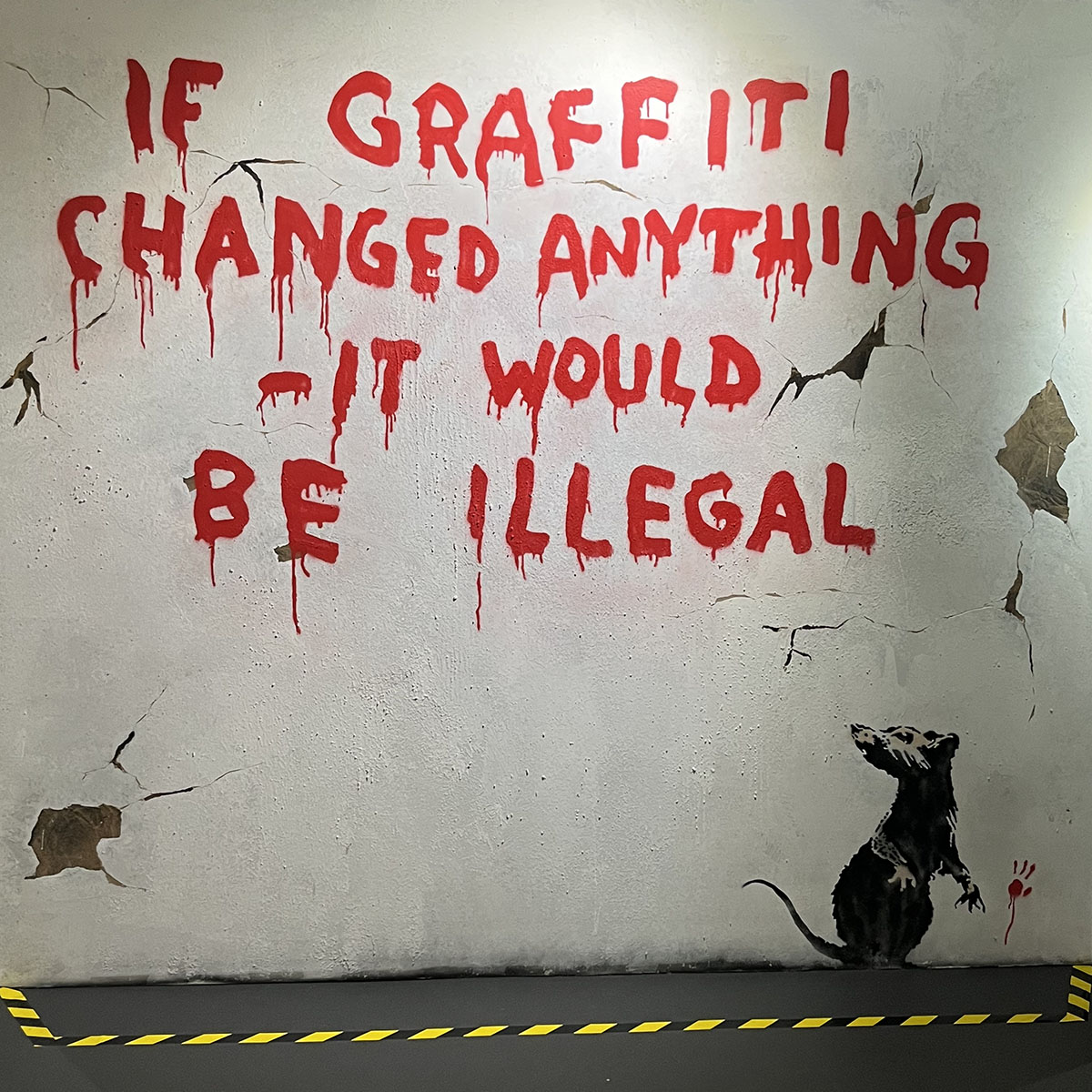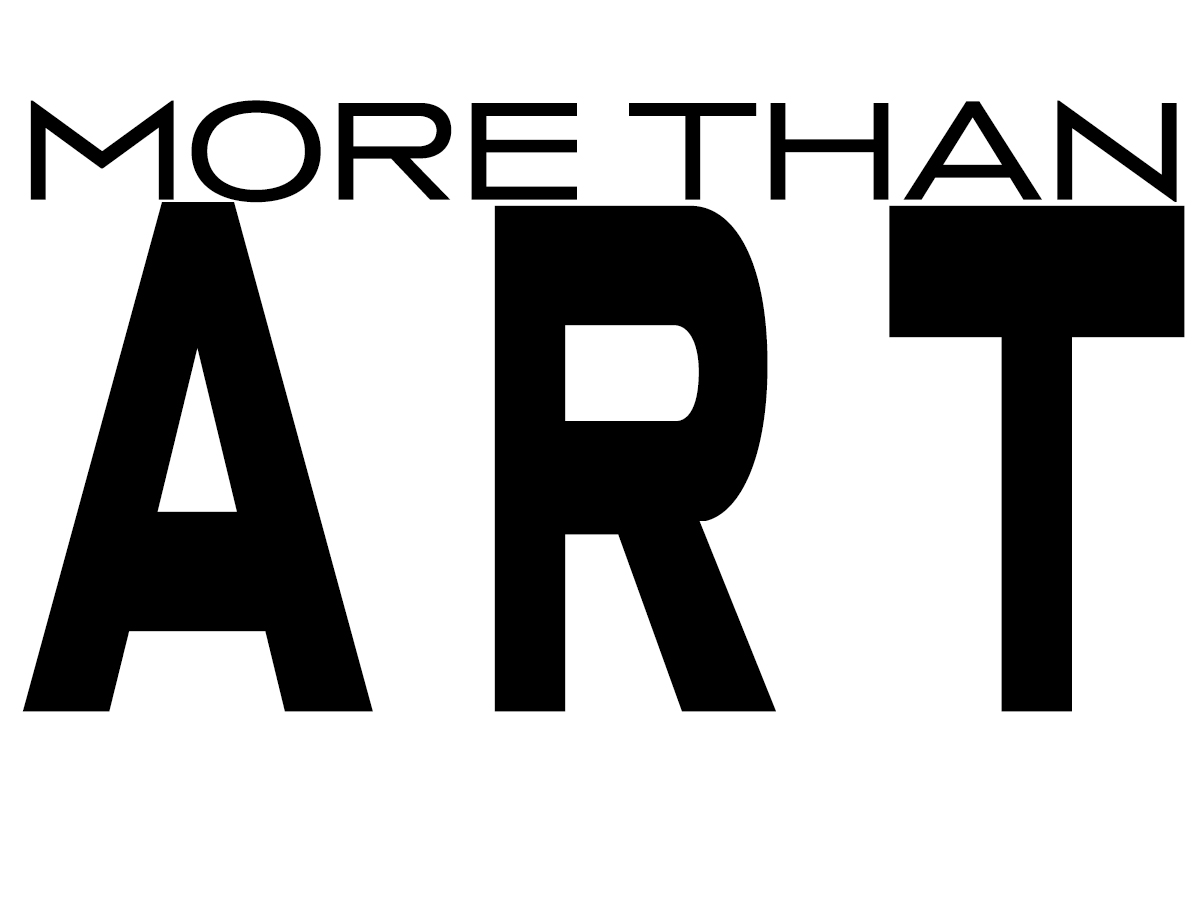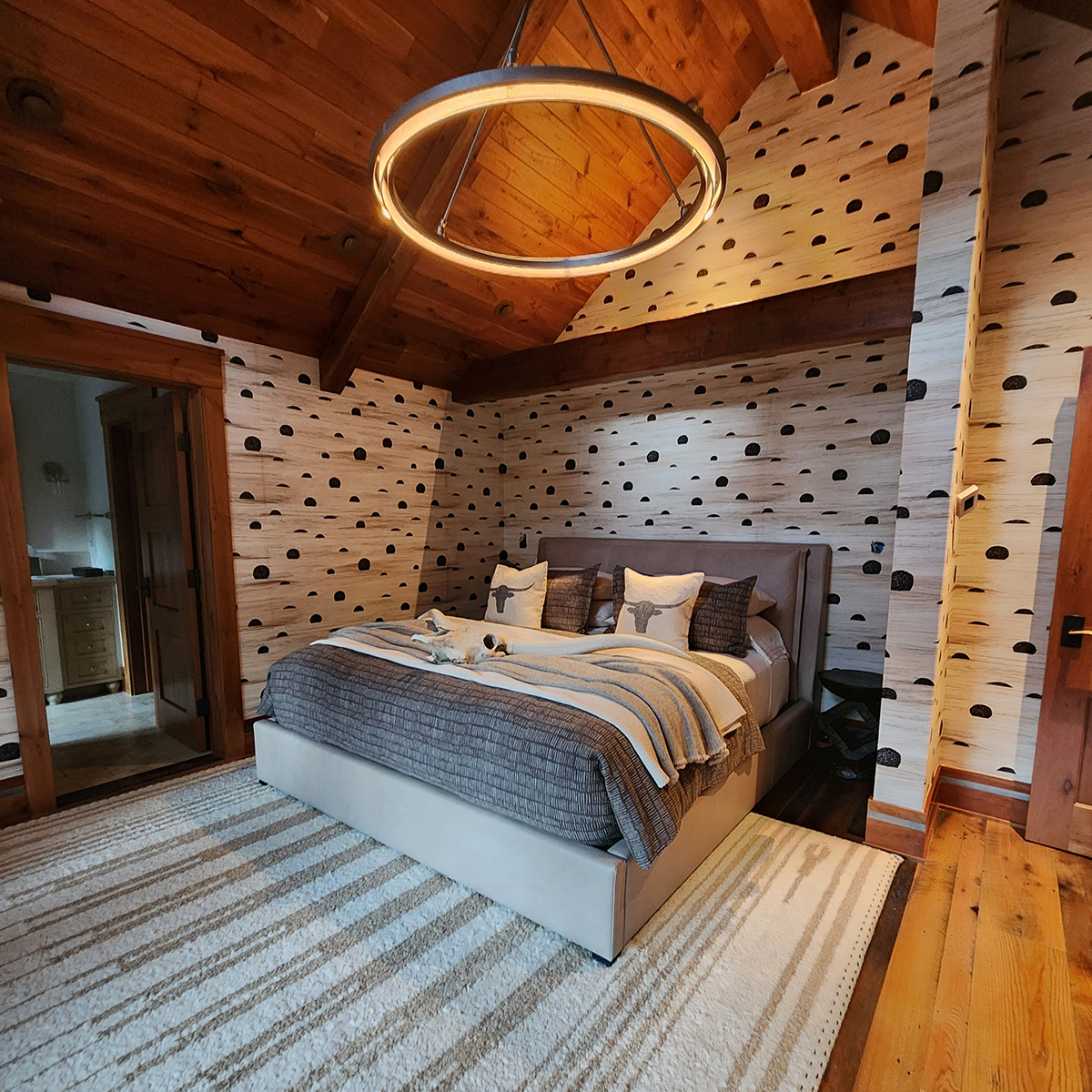Art as Medicine
by Dagny McKinley
This article originally appeared in the Winter 2024 issue of Art with Altitude.
How Social Prescribing is Transforming Health and Healing
Some of the most individualistic countries in the world—such as the United States, United Kingdom, Canada, and Australia—are now turning to community-driven solutions to heal. As the rates of social isolation, depression, and anxiety rise globally, it’s becoming clear that medication alone isn’t enough. Traditional pills often target one system in the body, but social prescribing addresses multiple systems at once, releasing neurochemicals, hormones, and endorphins that help people heal (w)holistically.
Social prescribing isn’t new—it began 20 years ago in the United Kingdom and has since become a cornerstone of their healthcare system. Last year alone, three million people received care through social prescriptions, and more than 17 countries worldwide are adopting this approach. So, what exactly is social prescribing, and why does it matter to a rural community like Steamboat Springs, Colorado?
According to the World Health Organization, social prescribing is “a means for trusted individuals in clinical and community settings to identify that a person has non-medical, health-related social needs and to subsequently connect them to non-clinical support and services within the community by co-producing a social prescription.” This type of prescription doesn’t come from a pharmacy—it’s a pathway to improved health and strengthened community ties.
Here’s how it works: A healthcare provider or mental health specialist assesses a patient’s needs and determines if social prescribing might help. If it’s a fit, the patient is connected with a Link Worker (or care navigator), who takes the time to understand their individual interests and needs. This could involve anything from engaging in the arts, gardening, walking, playing cards, or ensuring access to healthy food and secure housing. The belief is simple but powerful: when basic needs like food and shelter are met, social needs can be addressed, improving overall health. For example, studies show that social isolation can increase the risk of dementia and Alzheimer’s, and lack of transportation can leave people cut off from essential social interactions.
The economic benefits of social prescribing are significant. At a recent global Social Prescribing conference in Canada, experts presented research showing that for every dollar invested in social prescribing, $4.42 is returned to society through improved well-being and reduced healthcare costs. Over the next decade, the Canadian Institute for Social Prescribing (CISP) estimates that social prescribing will result in 7,600 fewer cases of dementia and 6,500 fewer strokes in Canadians aged 65+ who report loneliness. Additionally, there will be a $22.8 million annual reduction in mental healthcare costs, all thanks to reduced loneliness.
The benefits extend to young people as well. For youth aged 15–17, social prescribing could lead to a $60 million annual increase in employment income over their lifetimes by addressing anxiety and depression early. Overall, it’s expected to reduce 1.9 million healthcare visits among youth with mental health challenges, prevent 3,900 cases of adolescent depression, and avoid 3,200 cases of type 2 diabetes in inactive youth. The ripple effects include fewer high school dropouts and greater economic stability.
In the United States, social prescribing is just beginning to take root, with Social Prescribing USA leading the way. Studies are currently being conducted by Harvard and Stanford on the effects of arts and cultural engagement on health and wellbeing. Because we do not have a socialized system of medicine, it’s up to nonprofits to take charge in implementing these types of programs.
Every year, one in six U.S. youth between the ages of six and 17 experiences a mental health disorder. Fifty percent of all lifetime mental illness begins by the age of 14. Suicide, is the second leading cause of death among children aged 10–14, according to the National Alliance on Mental Health. These numbers illustrate an urgent need for more (w)holistic solutions to address the mental health crisis our youth face. When you experience virtual reality, read poetry or fiction, see a film or listen to a piece of music or move your body to dance, to name a few of the many arts, you are biologically changed. There is a neurochemical exchange that can lead to what Aristotle called catharsis, or a release of emotion that leaves you feeling more connected to yourself and others afterward,” according to Your Brain on Art by Susan Magsamen and Ivy Ross. “The arts offer a range of effective treatments for individual mental health challenges, as well as our collective emotional zeitgeist. They improve our psychology by offering enhanced self-efficacy, coping and emotional regulation. They improve our physiology by lowering stress emotional regulation, enhancing immune function, and increasing cardiovascular reactivity and that’s just the beginning.”
Locally, Undiscovered Earth launched Prescription for the Arts in October 2024. The program is a collaboration with Pediatrics of Steamboat Springs to offer arts and cultural engagement for youth struggling with isolation, depression, anxiety and more. Once a client is identified as potentially benefitting from taking a dance class, walking through a museum, listening to a concert or just simply creating, Undiscovered Earth’s care navigator finds the right experience for them and makes sure they have transportation, healthy food instead of snacks for meals, a translator and/or aide. Prescriptions can be renewed. While Undiscovered Earth is only serving youth in year one, they hope to expand the program to all ages across Routt County in year two.
Social prescribing is more than a health strategy; it’s a bold reimagining of what it means to heal. It shifts the focus from merely treating symptoms to nurturing the whole person—mind, body, and spirit. By tapping into the power of community and connecting people to arts and cultural experiences, we unlock a new path to well-being that reaches far beyond the confines of traditional medicine.
As Prescription for the Arts launches in Steamboat Springs, we’re not just adopting a new approach, we’re becoming part of a global movement that understands the profound role that human connection and creativity play in our health. This program goes beyond addressing the surface of mental health issues. It touches lives in deeply transformative ways, offering individuals a chance to heal through dance, music, visual arts, and more—experiences that release endorphins, reduce isolation, and foster a sense of belonging.
In a world where youth face a growing mental health crisis, this is more than a solution—it’s a lifeline. Prescription for the Arts has the power to reshape healthcare in our community, providing a vital resource for people struggling with anxiety, depression, and loneliness.
Elevate the Arts: Learn more by visiting PrescriptionForTheArts.org, or make a donation to help support this pilot year of the program. The cost for one child is $300.00 which includes the program, transportation, food, aides and translation services (when needed.) DM




